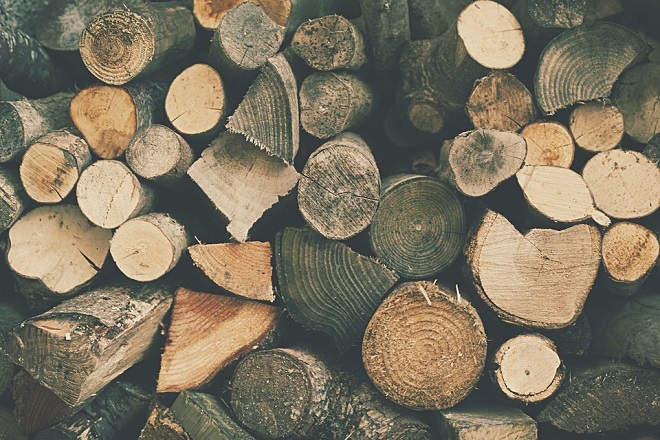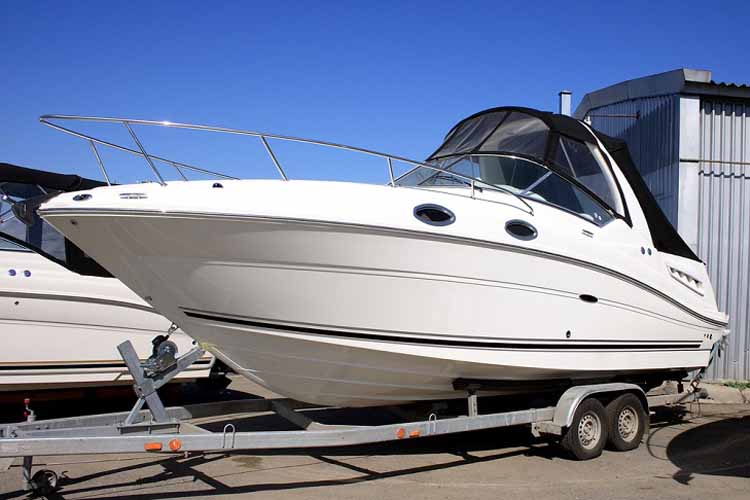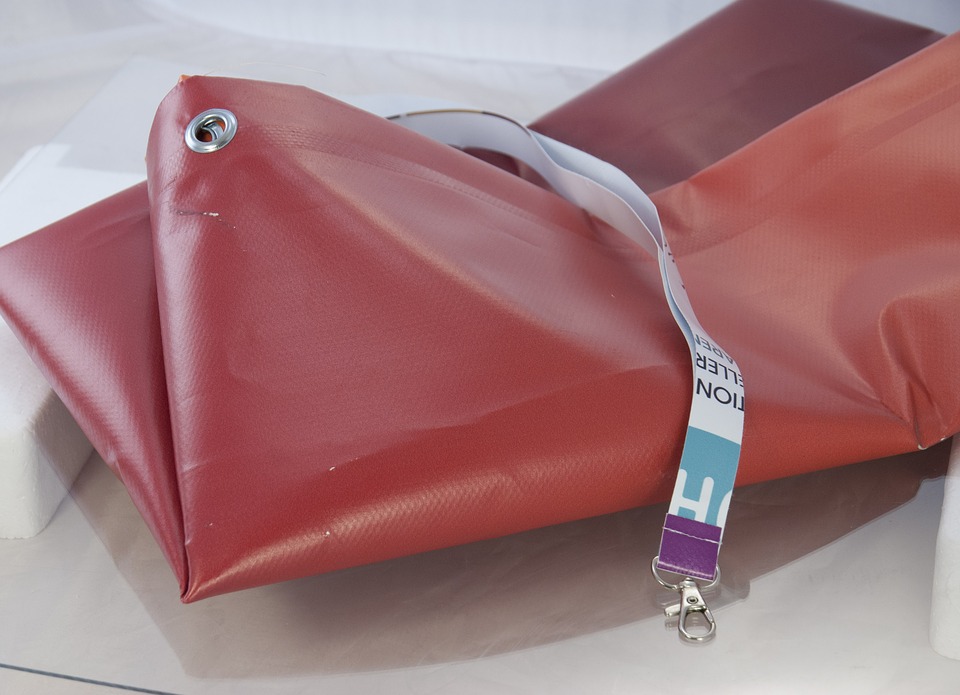In previous times when environmental conservation was a low priority, people simply went out and purchased wood for their projects without considering where the wood was sourced from. Thanks to the rising awareness in sustainability and preserving the Earth’s resources, people are becoming savvier about where they purchase their materials from, and what they are made of.
Read on for the top questions most people consider when considering purchasing sustainable wood, and how to purchase the most ethical type of materials.
What is sustainable wood?
Sustainable wood is sourced ethically and is derived from forests that are managed. It is considered ‘renewable’ because the wood that is taken, is immediately replaced with new growth. Sustainable forests prevent permanent damage to wildlife ecosystems and watershed.
A sustainable forest is managed on a long-term basis by forest stewards and the areas continue to remove harmful Co2 from the atmosphere and absorb carbon emissions.
Why is it important to purchase sustainable wood?
For people who aren’t privy to the damage, or for those who don’t witness the damage that deforestation can cause to the environment first hand, it can be difficult to understand. Wood that is harvested from areas that aren’t protected can have a devastating effect on the region’s wildlife and can also contribute to homelessness and unemployment rates when the area becomes barren.
A mere 8% of forests globally are protected, and the human demand for wood is increasing. The Malaysian market alone requires more wood in 2019 than there are trees available, which shows that ethics and sustainability need to be considered to keep this industry afloat.
What are the best types of sustainable wood to buy?
The key type of wood that is the easiest to replace is hardwood. Hardwood is sourced from trees such as Beech and Oak.
Tree species that grow fast such as pine and fir are also a good choice as their immediate growth can replace the good work that the trees that proceeded them were doing for the environment.
Europe has recently implemented a set of laws to protect various woodlands and statistics show that at the moment, more trees are being planted instead of diminishing. Wood that is purchased from a European supplier is usually a safe option when it comes to conscious and sustainable purchasing.
What wood should be avoided?
Wood that is sourced from countries outside of the EU is less likely to be sustainable, and there are certain variants of wood that come from endangered species that should be avoided altogether.
Sapele, Ebony, Brazilian Mahogany and Wenge are all exotic materials that should be avoided and sustainable forests are supported for these species.
How do you identify sustainable wood if you aren’t sure where it is sourced from?
Wood that is marked with an FSC stamp is sustainably sourced. The FSC (Forest Stewardship Council) is a non-profit organisation that has taken on the responsibility of managing and maintaining forests across the world.
The certifications are recognised on an international scale and anyone who purchases FSC wood can sleep soundly knowing that the wood they are using for their projects is ethical.
Wood is a necessity in life. It is used to burn fires and warm homes in winter. It is also used to build houses to shelter people and created flooring. It can also be turned in to a stunning piece of design work when intricate and unique pieces of wood are used.
When using wood for any project, it is important to do it correctly, which is why someone should always purchase FSC certified materials by reputable companies who are known for providing excellent and sustainable wood products.




